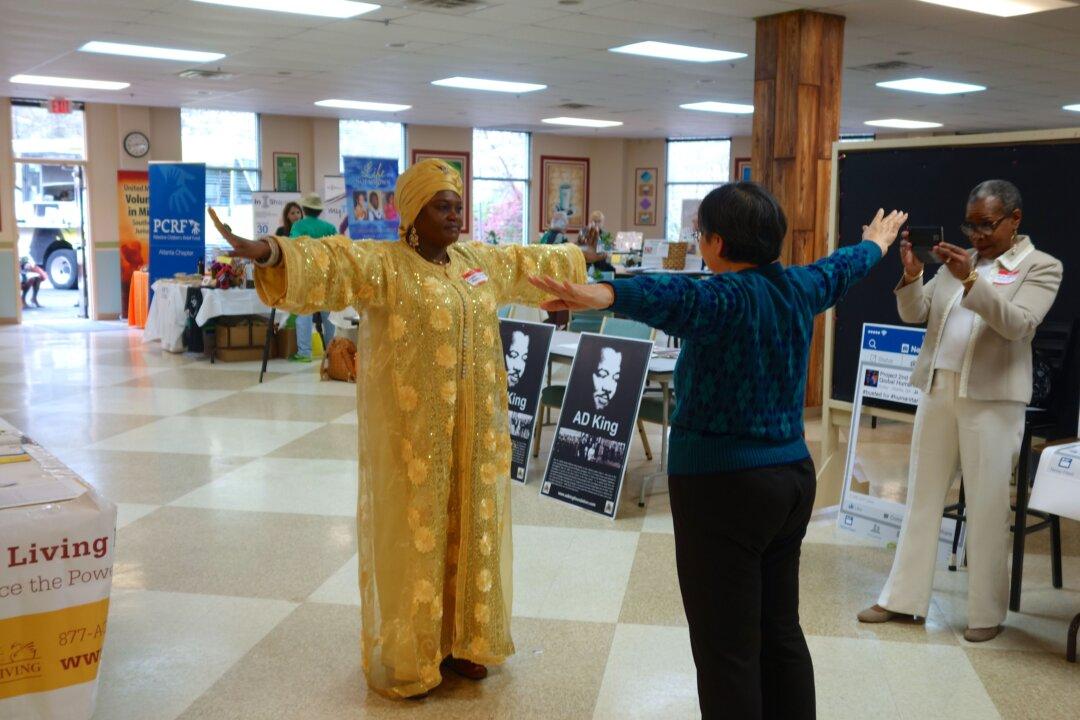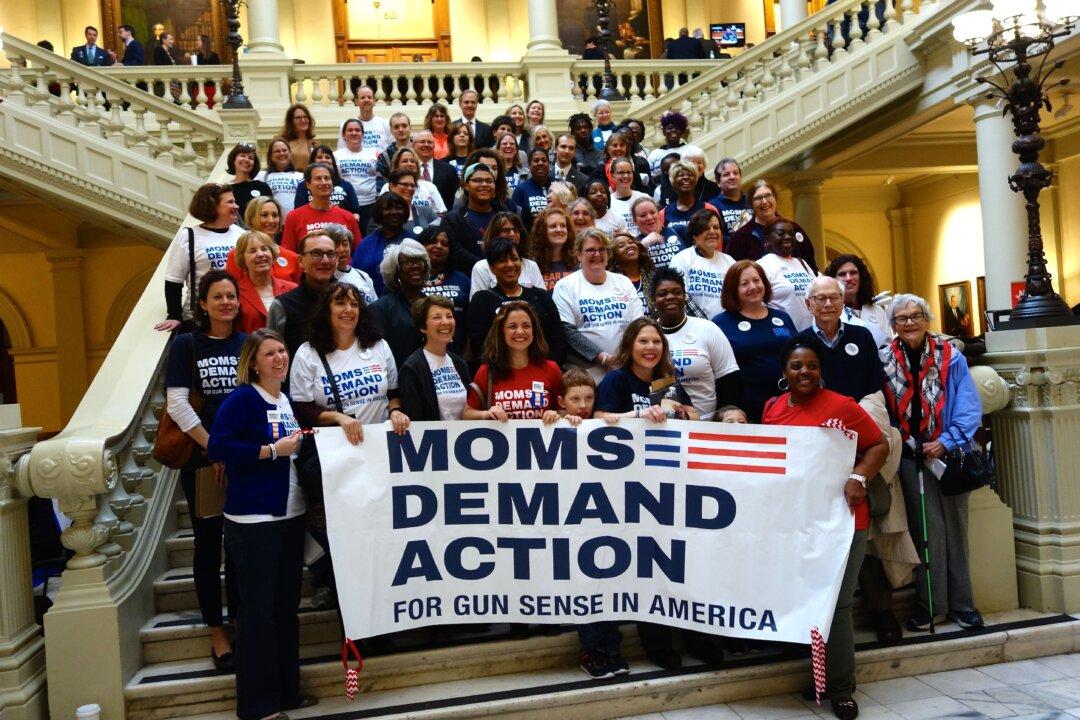NEW YORK—Near the aptly named Thomas Paine Park in lower Manhattan, Lucy Gentile and Sarah Kerr from Brooklyn, mature white women, held signs that said “Black Lives Matter,” the day after a grand jury chose to file no charges in the death of Eric Garner.
Gentile said, “We have had enough, and we are here to support the black community, and every community in New York and across the country, who are sick and tired of what’s happening in the United States.” Helicopters over Foley Square nearly drowned out her words, and a cold wind whipped her short, blonde hair around her face.
MORE: Eric Garner Decision Fuels Protests Across New York (Live Blog)
Garner died at age 43 on July 17 on Staten Island after officer Daniel Pantaleo put him in a chokehold. Kerr said, “We need police officers that when their partner touches somebody they say, ‘Stop! That’s enough.’”
Garner reportedly sold loose cigarettes as part of his efforts to make a living after ill health forced him to leave his job at the Parks Department. Such sales are not legal, because the cigarettes sold that way are not taxed.
Project 21 member Shelby Emmett, an attorney, issued a statement about Garner’s death. “We must ask ourselves what exactly we want the police enforcing with such deadly strength. These officers confronted Garner because he was selling single cigarettes and was thus depriving the government of revenue. He was not threatening anyone’s life, starting fires, or even holding up traffic. He was not suspected of a violent crime, so such force should never have been justified. Any person concerned with individual liberty should be disgusted.”






